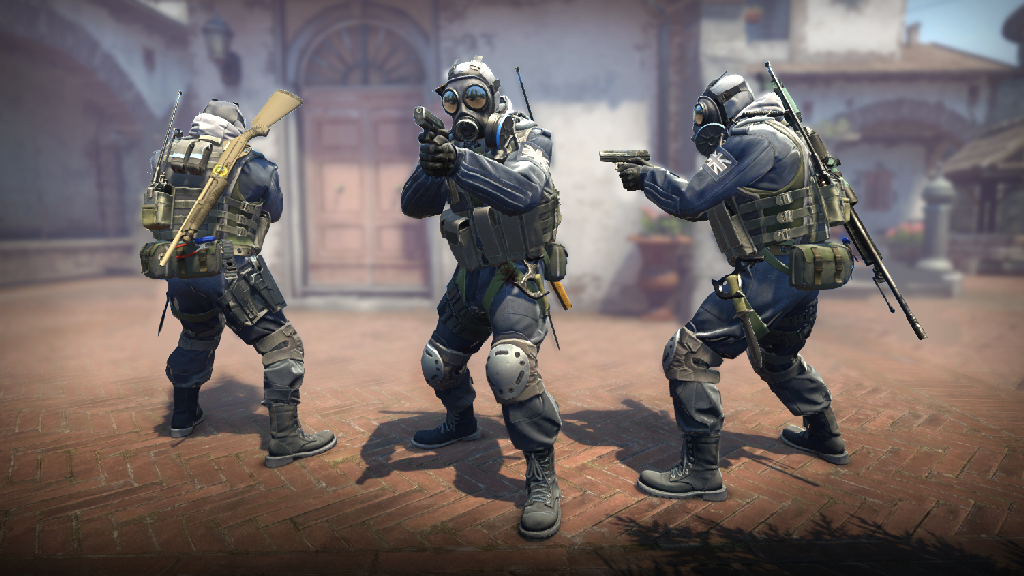In Counter-Strike 2 CS2, rubberbanding has become a significant issue, affecting both ranked and casual play and hampering the overall gaming experience. Rubberbanding occurs when players’ characters appear to lag behind or teleport erratically across the screen, often in a rubber band motion, due to server or network issues. This phenomenon results in noticeable interruptions to gameplay, making it difficult for players to accurately time their movements, aim, or respond to in-game events. Whether playing in competitive ranked matches or more relaxed casual games, rubberbanding introduces frustration that can affect performance and immersion. It interferes with a player’s ability to execute strategies, track enemy movements, and react promptly during intense moments. A rubberbanding issue might cause a player to miss an important shot or fail to communicate and coordinate with teammates properly. This disruption not only affects the individual but also the overall team, potentially leading to uncoordinated efforts and poor performance.

In the competitive environment of CS2, where precision and reaction time are essential, even a slight delay caused by rubberbanding can lead to critical mistakes. Casual matches are often where players go to practice or unwind, but rubberbanding can make even these less serious games frustrating. It hinders the enjoyment of the game and can lead to a sense of unfairness, as players feel they are at a disadvantage due to issues beyond their control. In these settings, players might have fewer expectations regarding performance but still want a smooth, seamless experience. Rubberbanding disrupts this experience and can diminish the sense of fun and satisfaction that many casual players seek. The root causes of rubberbanding in Counter-Strike 2 can vary. Network latency, unstable internet connections, or server-side issues can all contribute to the problem. Players with high ping or unstable connections may experience more frequent rubberbanding, as the data between their system and the game server is delayed, causing discrepancies in the game’s synchronization.
Server-side problems, such as insufficient capacity to handle the number of players or poor optimization, can also worsen the situation, leading to inconsistent gameplay for everyone on the server, not just individual players. From a development perspective, addressing rubberbanding involves improving server performance and enhancing net code to ensure more consistent and reliable connections. Valve, the developer of CS2, has made efforts to improve server stability and address network issues, but the problem persists, especially in high-stakes competitive scenarios. Players experiencing consistent rubberbanding often resort to troubleshooting steps, such as testing their internet connection, switching to different servers, or adjusting settings like graphics and network configurations to mitigate the issue, but these fixes are not always effective. Ultimately, rubberbanding in Counter-Strike 2 undermines both the performance of players and the overall gaming experience. Whether in competitive or casual modes, players expect a stable and responsive environment where their actions can be accurately represented in the game.